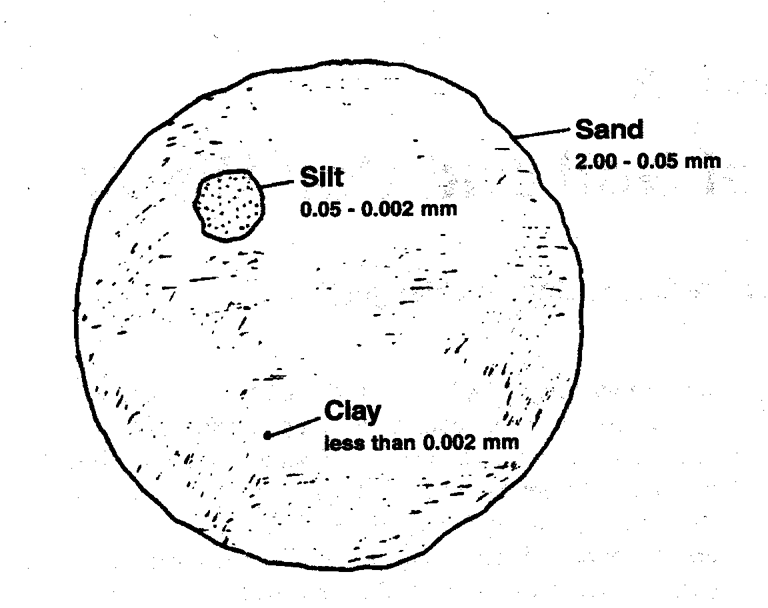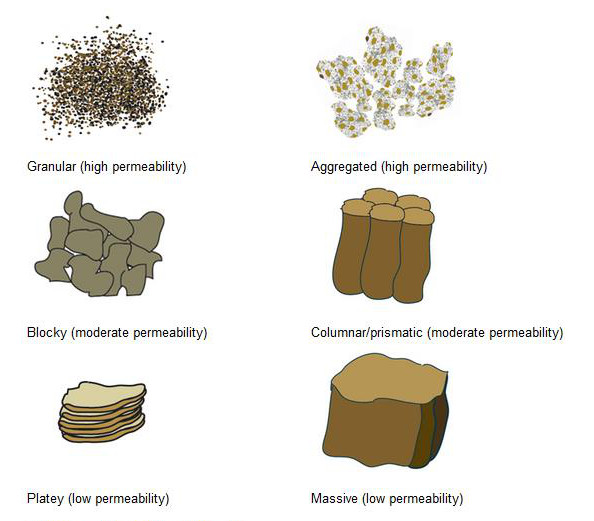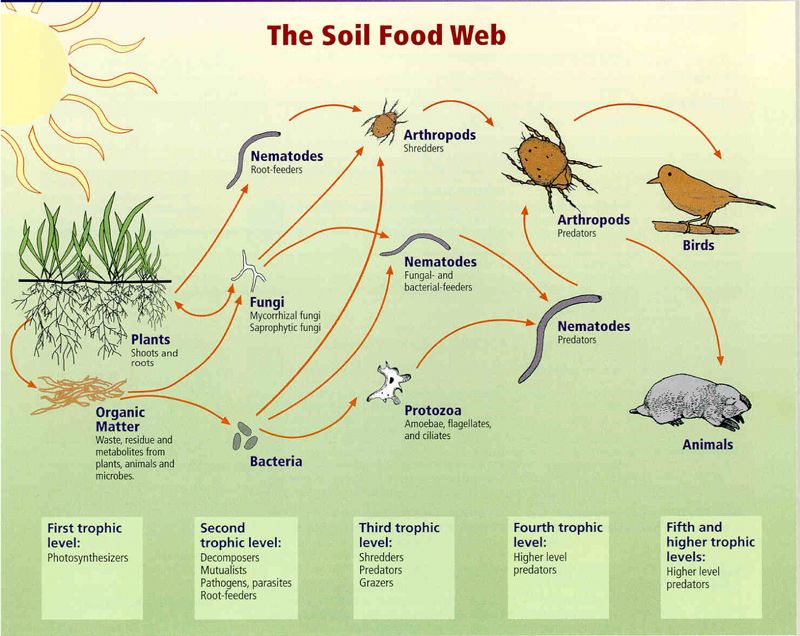Most gardeners know that to grow strong, healthy crops in abundance you must first build robust soil. The act of cultivating crops in the ground can be quite disruptive to soil ecosystems. Nutrients that would normally be cycled through the soil environment are now in high demand by your non-native crops, water is a hot commodity, and the human footprint is no laughing matter.
We therefore owe it to our soil to understand its processes inside and out so that we can work with and not against it. In today’s post I’ll outline some key factors related to understanding soil biology to get us thinking about the ways our actions in the garden can help or hurt our soil.
Soil Makeup
Soil is generally made up of about 45% mineral material, 25% air, 20% water, and 5% organic matter. This changes daily as air and water are constantly cycling through the soil.
Organic matter, as we know, is a crucial part of soil and the gardener’s goal is often to raise this percentage over time. While 5% organic matter is a good starting goal, many rich soils in fact contain much more than that.
Soil Texture
Is your soil made up of mostly sand, silt, or clay? To ask these questions is to start to dig into the texture of your soil – a concept worth learning. These three different types of particles are quite different in size, and play a big role in how your soil absorbs and holds onto nutrients and water.
Clay soils are those with the finest texture – that is, the particle size is the smallest. Therefore, there is less air space in finely textured soils. Imagine grabbing a handful of clay and squeezing it – you can squeeze the air right out, and the clay easily forms a tight ball in your hand.
On the other end of the spectrum, sandy soils are composed of (relatively speaking) huge particles, that leave room for ample air space between them. Water and air flow right through, but so do nutrients. Grabbing a handful of sand is almost a futile act as the particles slide right through your fingers, and you’d be hard pressed to form a ball of cohesive matter.
Silt is somewhere in the middle, with particles that allow a little air and water to flow through, but aren’t as extreme as either sand or clay.
Loam soils, or “perfection” as we call them in the trade, contain a good mix of all of these particle types. That’s what make loam soils so ideal for growing crops. You have the benefit of the ideal components of all three particle sizes, balanced by the benefits of the others.

Soil Structure
Soil structure, or the size and grouping of aggregates of soil particles, is also worth understanding. Unlike soil texture, it is something you can change and in fact do change every time you garden (whether you know it or not). Check out what Caiti Hachmyer of Red H Farm had to say about preserving soil structure.
This is where soil moisture comes into play and why I always caution against working the soil when it’s too wet or too dry, or overworking it at all. The ideal soil tilth looks like small clusters of soil that break apart easily. Overworking the soil only acts to pulverize these aggregates, therefore decreasing air space and permeability, and leading to less than ideal conditions for plant roots. Working the soil when it’s too wet leads to downright smashing these aggregates together.

The Role of Bacteria
Tiny bacteria are ever present in your soil – to the tune of between 100 million and 1 billion in just one teaspoon. And while there are many types of soil bacteria, for our purposes we’ll focus on those that act as decomposers because they are critical to soil and plant health. Their main duty is to feed on plant material and convert its energy into forms that other soil organisms can then ingest. They also have the ability to retain nutrients like nitrogen in their cells, thus keeping nitrogen in place and available for plant roots.
I talk a lot about nitrogen-fixing bacteria as it relates to cover cropping the fields in the winter. The process takes place on thin hairs of plant roots as bacteria ingest the material and form small nodules. The bacteria then takes up carbon from the plant and is able to convert air-born nitrogen into a form that the plant can easily take up. It’s magic, really.
One ultra-important form of soil organism (more closely related to bacteria, but sharing certain key characteristics as fungi) are actinomycetes. Much like other bacteria, they are ever prevalent in soils and in fact spotting them in your soil is always a good sign. Much like bacteria, they break down organic matter. However, they tend to take over after bacteria has done its thing breaking down matter – so when you spot the actinomycetes (slender and white, easy to spot on decomposing wood chips), you know soil microbiology is hard at work and things are actively decomposing in your soil. You can thank actinomycetes for some of that ‘fresh’ odor that emanates from your compost pile!

Indications of Healthy Soil
Healthy soil doesn’t look one certain way – there are all types of soils in the world that have adapted to their environment and contain all sorts of life. For gardening purposes, however, there are certain key indicators to look for to know that you’re showing your soil enough love. Are there earthworms rolling around? They burrow and twist and create air space while also aiding the decomposition processes taking place by bacteria. When you pick up a handful or your soil do you see different size crumbs and aggregates sticking together, some easily falling apart? Can you spot some actinomycetes in your soil or compost pile? Go on out and take a look. Be sure to also check out the additional links below for some more information about your soil biology.
Next time on the blog we’ll jump into spring gardening and some mistakes to avoid – some of them I’m sure we’ve all learned the hard way!
Additional Resources:
http://cesantaclara.ucanr.edu/files/230250.pdf







 Family
Family

